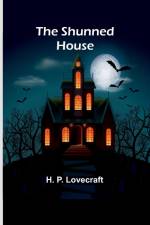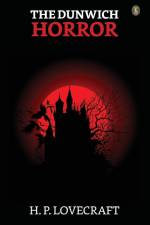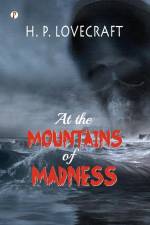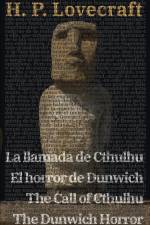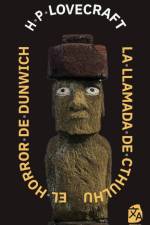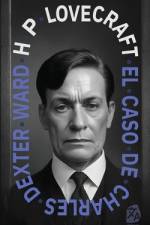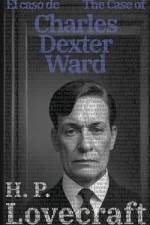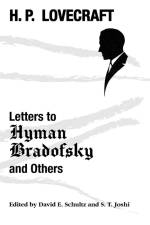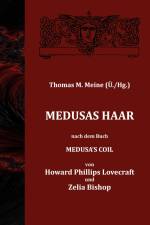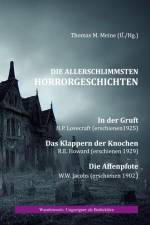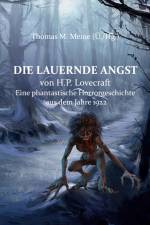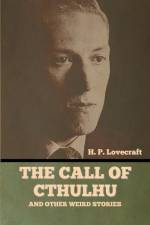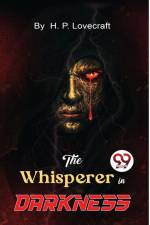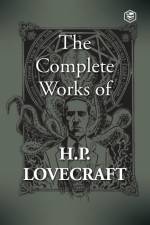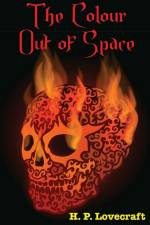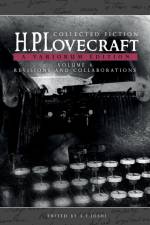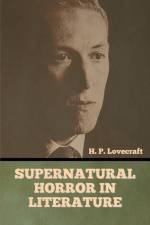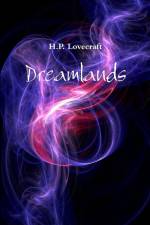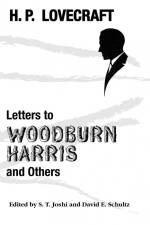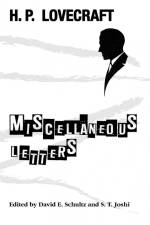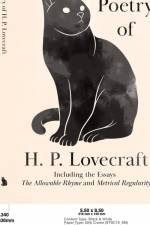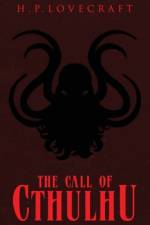av H. P. Lovecraft
195,-
"Supernatural Horror in Literature" is a 28,000 word essay by American writer H. P. Lovecraft, surveying the development and achievements of horror fiction as the field stood in the 1920s and 30s. The essay was researched and written between November 1925 and May 1927, first published in August 1927, and then revised and expanded during 1933-1934. Lovecraft's essay ranges widely, but he first examines the beginnings of weird fiction in the early gothic novel. As a guide for what to read in the early gothic he relied partly on Edith Birkhead's 1921 historical survey The Tale of Terror, and he was also able to draw on the expertise of the great many experts and collectors in his circle. The bulk of the essay was written in New York City giving Lovecraft easy access to the resources of the city's great public libraries and also to the collections of his friends, and thus he was able to read widely and obtain obscure and rare works. His survey then proceeds to outline the development of the supernatural and the weird in the work of major writers such as Ambrose Bierce, Nathaniel Hawthorne, and Edgar Allan Poe. Lovecraft names as the four "modern masters" of horror: Algernon Blackwood, Lord Dunsany, M. R. James, and Arthur Machen. In addition to these masters, Lovecraft attempts to make the essay an encompassing survey, and thus he mentions or notes many others in passing. (wikipedia.org)About the author:Howard Phillips Lovecraft (August 20, 1890 - March 15, 1937) was an American writer of weird and horror fiction, who is known for his creation of what became the Cthulhu Mythos.Born in Providence, Rhode Island, Lovecraft spent most of his life in New England. He was born into affluence, but his family's wealth dissipated soon after the death of his grandfather. In 1913, he wrote a critical letter to a pulp magazine that ultimately led to his involvement in pulp fiction. During the interwar period, he wrote and published stories that focused on his interpretation of humanity's place in the universe. In his view, humanity was an unimportant part of an uncaring cosmos that could be swept away at any moment. These stories also included fantastic elements that represented the perceived fragility of anthropocentrism.Lovecraft was at the center of a wider body of authors known as "The Lovecraft Circle." This group wrote stories that frequently shared details among them. He was also a prolific letter writer. He maintained a correspondence with several different authors and literary proteges. According to some estimates, he wrote approximately 100,000 letters over the course of his life. In these letters, he discussed his worldview and his daily life, and tutored younger authors, such as August Derleth, Donald Wandrei, and Robert Bloch.Throughout his adult life, Lovecraft was never able to support himself from earnings as an author and editor. He was virtually unknown during his lifetime and was almost exclusively published in pulp magazines before he died in poverty at the age of 46, but is now regarded as one of the most significant 20th-century authors of supernatural horror fiction. Among his most celebrated tales are "The Call of Cthulhu", "The Rats in the Walls", At the Mountains of Madness, The Shadow over Innsmouth, and The Shadow Out of Time. His writings form the basis of the Cthulhu Mythos, which has inspired a large body of pastiches across several mediums drawing on Lovecraft's characters, setting and themes, constituting a wider subgenre known as Lovecraftian horror. (wikipedia.org)

